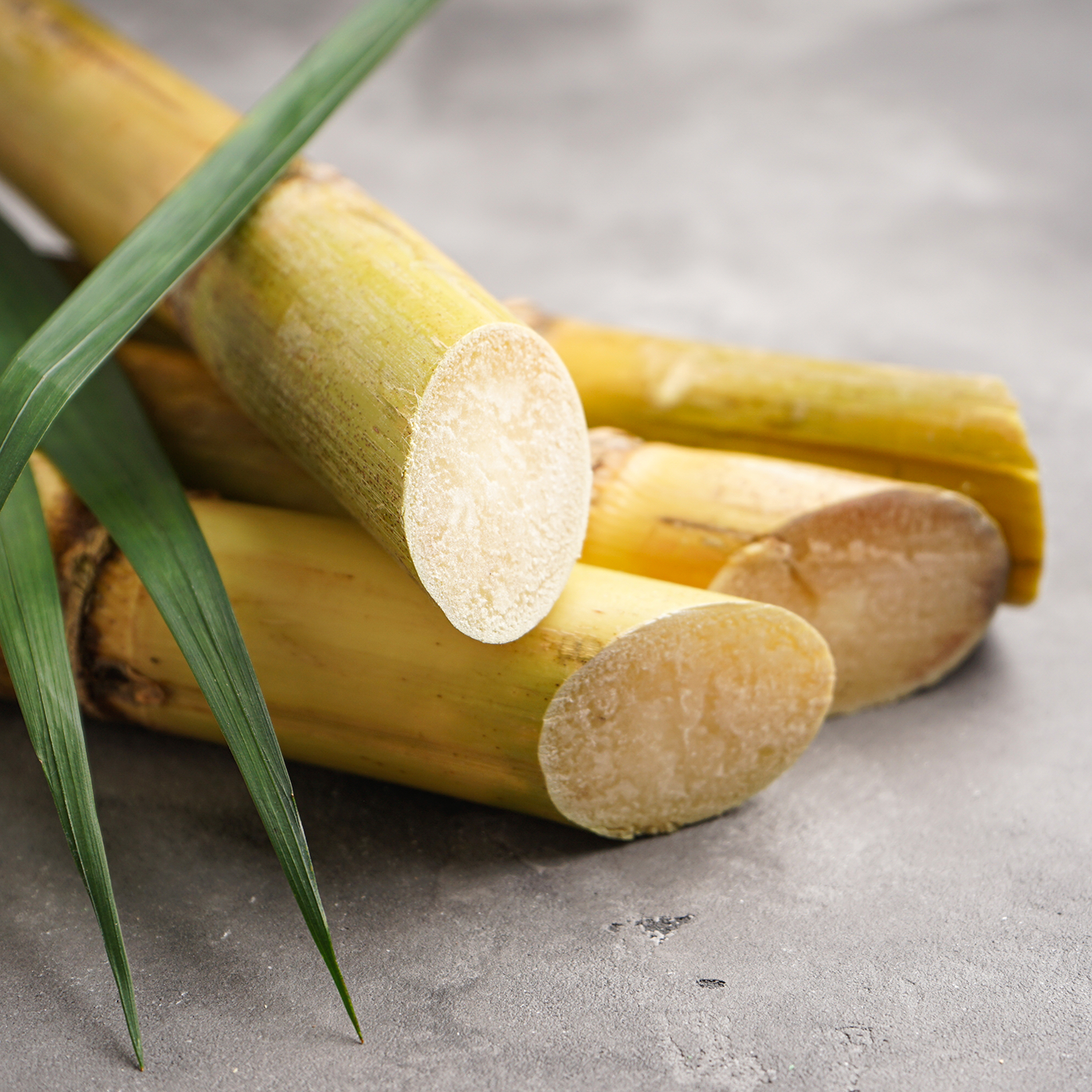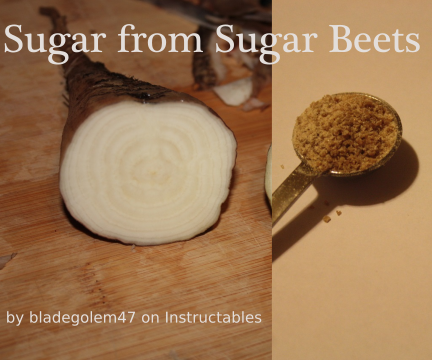The Importance of Sugar Beet Vs Sugar Cane: a Closer Take A Look At Their Manufacturing Processes and Applications
The importance of sugar beet and sugar cane expands beyond their duty as sources of sucrose. Each crop includes distinct producing procedures that affect their applications across different sectors. While sugar beet supports not just food manufacturing but likewise biofuels and plant foods, sugar cane mainly serves the food sector with important by-products. Recognizing these distinctions reveals how each crop forms agricultural economic situations and industry methods around the world, prompting additional exploration into their special payments.

Overview of Sugar Beet and Sugar Cane
Sugar beet and sugar cane are two primary sources of sucrose, each with distinct attributes and farming approaches. Sugar beet, a root vegetable, flourishes in warm climates - Sugar beet vs sugar cane. It is cultivated mostly in the Northern Hemisphere and needs well-drained dirt. The plant normally grows to a height of concerning 18 inches, with a white, fleshy root having concerning 15-20% sucrose. In comparison, sugar cane is an exotic lawn that grows in cozy, damp conditions. It can reach elevations of up to 12 feet and contains tall, jointed stems that shop sucrose concentrations varying from 10-15%. The cultivation of sugar cane is labor-intensive and typically entails hand-operated harvesting. Both crops act as essential farming products, giving raw products for sugar production and different by-products. Their cultivation methods significantly influence regional economies and global sugar markets, making them indispensable to the agricultural landscape
Harvesting Techniques for Sugar Beet and Sugar Cane
Collecting methods for sugar beet and sugar cane vary significantly due to the distinct qualities of each plant. Sugar beet harvesting normally employs specific equipment known as beet harvesters, which efficiently root out the beets from the dirt while lessening damage. These machines use a series of blades to reduce the tops and raise the origins, making sure that the beetroots remain undamaged for processing.In comparison, sugar cane harvesting typically entails two main approaches: manual cutting and mechanical harvesting. Hand-operated harvesting, still prevalent in some regions, needs employees to reduce the cane stalks by hand using machetes. This approach enables careful harvesting yet is labor-intensive. Mechanical farmers have acquired appeal, using turning blades to reduce and gather the stalks swiftly. Both techniques intend to enhance return and high quality, with mechanical harvesting significantly taken on to meet rising production demands successfully.
Processing Approaches for Sugar Beet
After being collected, sugar beetroots undertake a collection of handling actions to extract sucrose properly. The primary step includes washing the beets to eliminate soil and impurities. Next, the beetroots are sliced into thin strips called cossettes, which increases the surface area for extraction. These cossettes are then based on hot water extraction in a diffusion procedure, enabling sucrose to liquify right into the water.Following removal, the juice has pollutants and is made clear using lime and heat to precipitate solids. The cleared up juice is then concentrated via dissipation, getting rid of excess water and boosting sugar focus. To take shape the sucrose, the focused juice goes through more evaporation and air conditioning, forming sugar crystals. Ultimately, these crystals are separated from the staying syrup with centrifugation, dried, and packaged for circulation. This approach assures a high yield of sucrose while keeping the quality of the final item.
Processing Techniques for Sugar Cane
Handling sugar cane entails a series of steps made to remove sucrose properly. The procedure starts with harvesting, where fully grown sugar cane is reduced and moved to processing facilities. Once at the mill, the cane undertakes cleaning to get rid of pollutants. The following step is crushing, where mechanical rollers essence juice from the fibrous stalks.This juice is after that clarified using warmth and lime to remove suspended solids and contaminations. Adhering to clarification, the juice is vaporized to focus the sugar material, causing a thick syrup. The syrup goes through crystallization, where sugar crystals create as the syrup click reference cools down. These crystals are divided from the staying molasses through centrifugation.Finally, the sugar is dried out and packaged for distribution. This complete processing method assurances that sugar cane produces a high-quality item, ideal for numerous cooking and industrial applications, while optimizing the extraction of sucrose from the raw product.
Nutritional Differences In Between Sugar Beet and Sugar Cane
The comparison between sugar beet and sugar cane extends past their processing techniques to encompass substantial nutritional differences. Sugar beet contains not only sucrose yet additionally a series of vitamins and minerals, including vitamin C, potassium, and magnesium. These nutrients add to its potential wellness advantages, such as supporting immune function and preserving electrolyte balance. On the other hand, sugar cane generally offers sucrose with marginal levels of necessary nutrients.Additionally, sugar beet has a higher fiber content, which can assist in digestion and advertise satiation. The visibility of antioxidants in sugar beet may also offer safety impacts against oxidative stress, an element connected to different chronic diseases. While both resources are largely utilized for sugar production, the dietary profiles recommend that sugar beet might supply extra health and wellness benefits contrasted to sugar cane. This distinction is vital for customers looking for greater than simply sugar in their diet plans.
Applications of Sugar Beet in Various Industries
A selection of markets leverage sugar beet for its versatile applications beyond sugar manufacturing. In the food market, sugar beet works as a key active ingredient in creating numerous refined foods, consisting of sugary foods and baked goods, as a result of its all-natural sweetness. Furthermore, the pulp acquired from sugar beet is utilized as animal feed, supplying a nutrient-rich resource for livestock.In the biofuel sector, sugar beet is increasingly acknowledged for its possibility in generating bioethanol, adding to renewable resource remedies. The farming market take advantage pop over to this web-site of sugar beet's results, which can be used as organic fertilizers, enriching soil wellness and fertility.Furthermore, sugar beet essences are used in pharmaceuticals and cosmetics, where they operate as natural sugar and humectants. These varied applications highlight sugar beet's role as a beneficial resource in enhancing sustainability and technology across several markets, enhancing its relevance in modern manufacturing methods.
Applications of Sugar Cane in Different Industries

Often Asked Concerns
What Ecological Influences Are Connected With Sugar Beet and Sugar Cane Production?
The ecological influences of sugar beet and sugar cane manufacturing include dirt deterioration, water usage, pesticide application, and habitat disturbance. These factors add to eco-friendly discrepancies, raising worries regarding sustainability in farming methods related to both plants.

Just How Do Sugar Beet and Sugar Cane Contrast in Regards To Economic Practicality?
The financial stability of sugar beet and sugar cane differs based on factors like geographic place, production expenses, and market demand - Sugar beet vs sugar cane. Both plants supply one-of-a-kind advantages, affecting farmers' choices regarding More Help farming and financial investment in various regions
What Are the Main Regions for Sugar Beet and Sugar Cane Farming?

Just How Does Environment Affect the Development of Sugar Beet and Sugar Cane?
Climate substantially affects the development of sugar beet and sugar cane. Sugar beets grow in cooler temperature levels, while sugar cane needs cozy, tropical conditions. Sugar beet vs sugar cane. Both plants depend on sufficient rains and sunshine for excellent growth and return
Are There Any Kind Of Significant Health And Wellness Worries Associated to Consuming Sugar From These Resources?
Wellness worries pertaining to sugar intake include weight problems, diabetic issues, and heart problem. Both sugar beet and sugar cane-derived sugars can add to these concerns, especially when eaten in excessive quantities, no matter of their resource.